Bangladesh hospital by Urbana wins RIBA International Prize 2021
Friendship Hospital in Bangladesh by Kashef Chowdhury/Urbana scoops the RIBA International Prize 2021
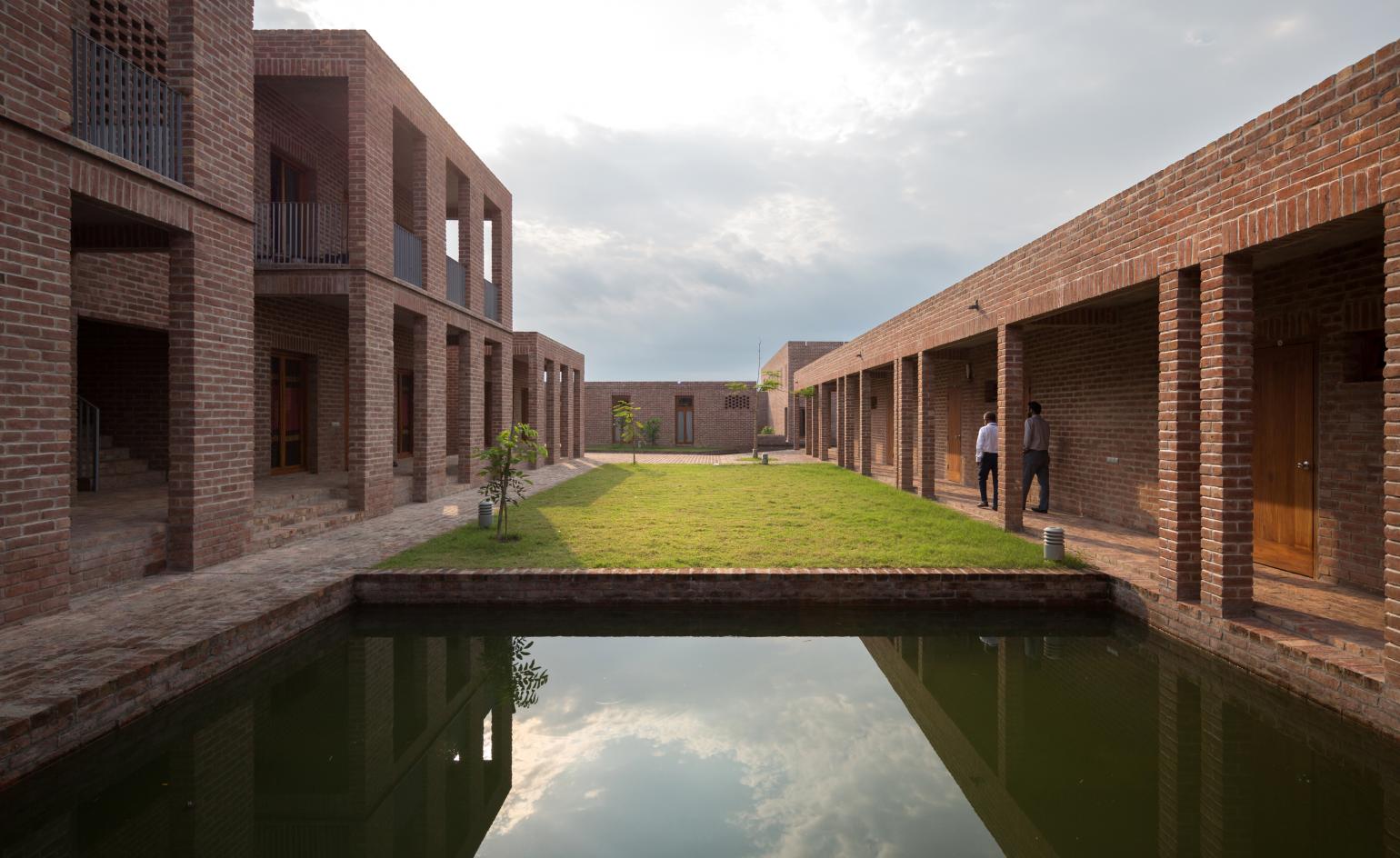
Asif Salman - Photography
Kashef Chowdhury/Urbana’s Friendship Hospital in Bangladesh has scooped the prestigious RIBA International Prize 2021. The institute’s award casts its net wide, celebrating outstanding, international works that ‘demonstrate design excellence and social impact’. The winning project, led by NGO Friendship, does just that. Not only does it provide functional and considered architectural space for important health services to the local communities of Satkhira in southern Bangladesh, but it also employs sustainable architecture to do so.
The award’s jury praised the design and its architects on the principles of care and humanity that sit at its very heart. Jury chair Odile Decq said: ‘Friendship Hospital embodies an architecture of humanity and protection that reflects the Friendship NGO’s philanthropic mission to provide dignity and hope to communities through social innovation. Kashef Chowdhury/Urbana has achieved a building designed with a human touch which is deftly integrated with its surroundings and celebrates local, and traditional crafted materials. The hospital is relevant to critical global challenges, such as unequal access to healthcare and the crushing impact of climate breakdown on vulnerable communities. It is a demonstration of how beautiful architecture can be achieved through good design when working with a relatively modest budget and with difficult contextual constraints. This hospital is a celebration of a building dedicated to humans.’
RIBA International Prize 2021 winner
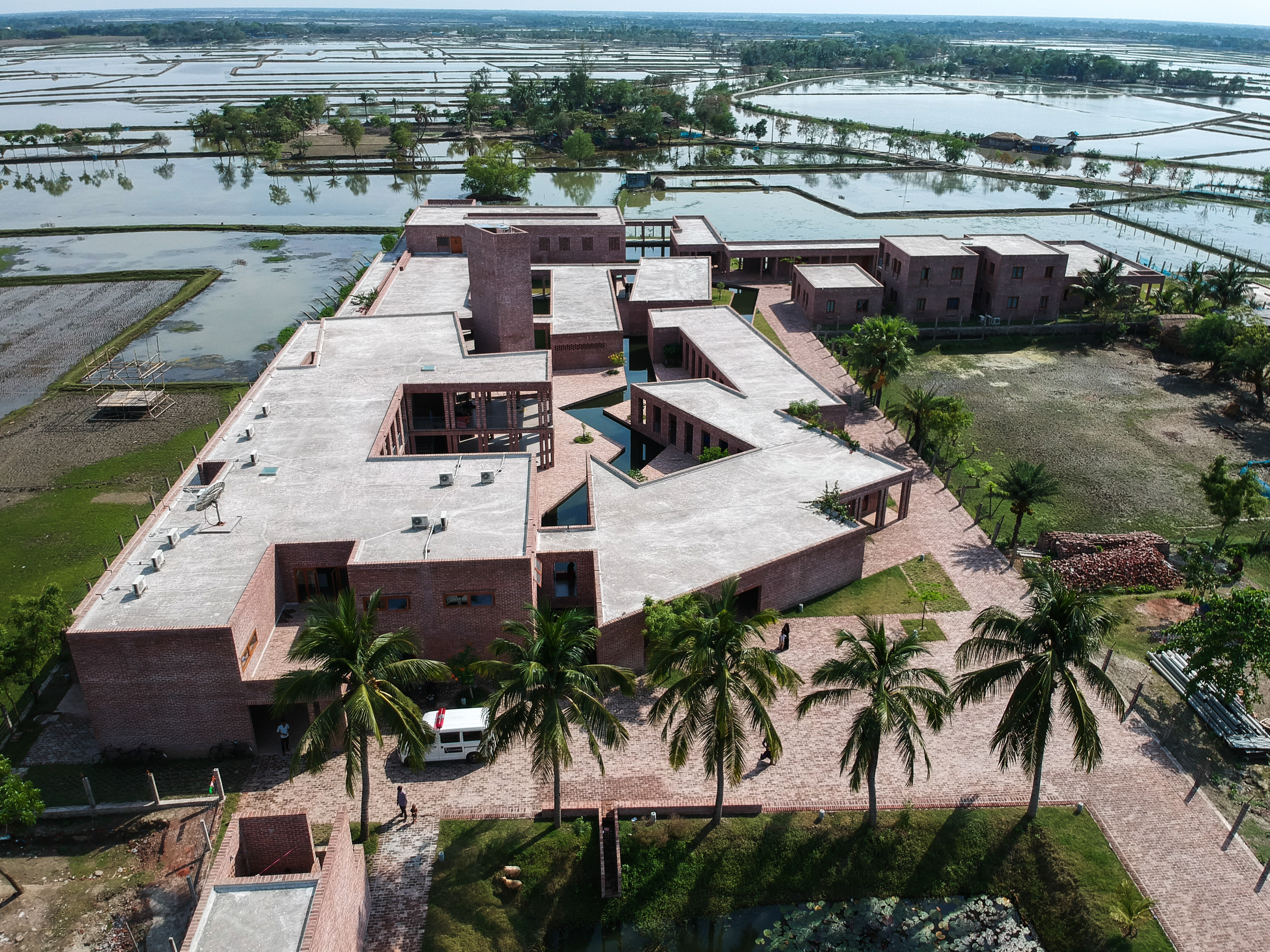
The NGO, a long term client of Urbana, approached the principal, Kashef Chowdhury, in 2005 for a hospital design. ‘The budget was so limited when we began the project that Runa Khan, the founder and executive director of Friendship, said to me: “There is no money. You can't have fun,”’ Chowdhury recalls. Nonetheless, the result is poised, fit for its context and socially responsible. ‘[It is] a calming, quiet place which would aid in healing minds and bodies,’ the architect adds.
The site is on former agricultural land, where rising sea levels meant that it had slowly moved away from its former use and had been converted into shrimp fisheries. It is this water element that becomes a central theme to the new design, represented by a canal that runs across the hospital campus. Apart from its striking visual appearance and the symbolic and physical connection it provides to the land and its history, the water also acts as a separator between the inpatient and outpatient units of the hospital, helping with volume arrangement and wayfinding. Meanwhile, a clever water collecting and controlling system means that fresh rainwater and seawater don't mix, while water is also used to naturally cool down the site.
Urbana had worked with Friendship to convert the Greenpeace ship Rainbow Warrior II into a hospital boat in the past – so the typology was not new to the Bangladeshi architecture studio. Here, Chowdhury and the Urbana team responded with a sober, graceful design made using a limited palette of all-local materials: handmade bricks, mahogany and polished concrete terrazzo flooring. A series of buildings and courtyards are interspersed, providing ventilation and places for visitors to sit, rest and gather; there is a selection of spaces that are open and public, and others that are more private and secluded. Covered colonnades ensure shade and aid natural cooling.
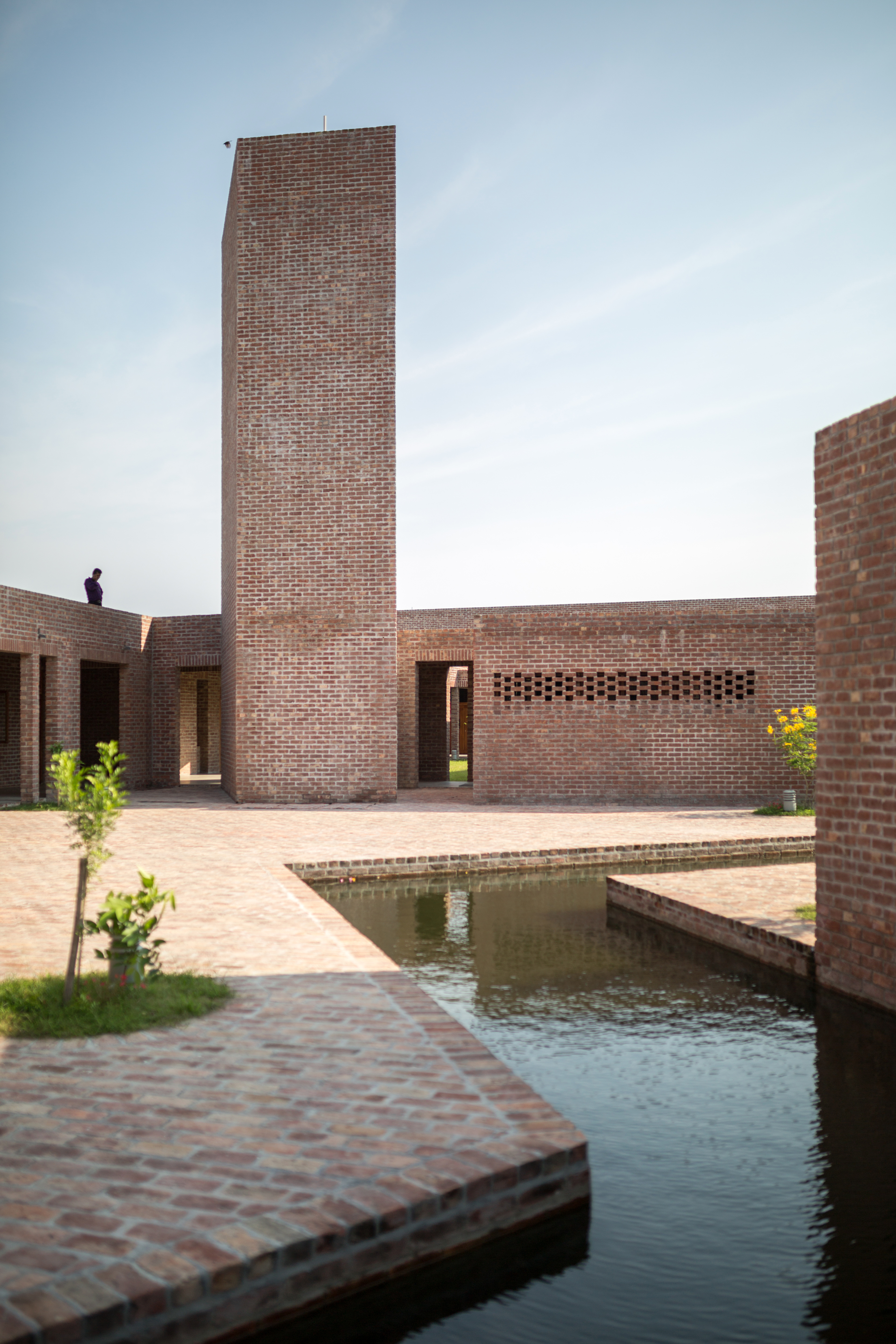
‘It started life as a hospital, and grew to be a space for the resting of minds and the calming of souls,’ says Chowdhury. ‘[I was inspired by] the twin urgencies to build well for the care of humanity and to respond to the changing climatic conditions affecting the area, namely rising sea levels.’
The RIBA International Prize 2021 offers visibility and recognition to valuable, necessary work and showcases architecture at its best. As to what this award means for Urbana? ‘That a project from a remote fringe area should meet such interest at the centre of architectural discourse shows there is inspiration for all who seek to rise with urgency to the care for humanity and the care for our natural environment on a planetary scale,’ Chowdhury says. Practical, in tune with its environment and crucial to its community, the hospital is ‘built for longevity’, says the RIBA.
As part of the International Prize announcements – which see RIBA honour young talent in the field alongside new work by established architects – Iran’s Hooba Design Group was named as the RIBA International Emerging Architect 2021 for the studio’s Kohan Ceram central office building in Tehran.
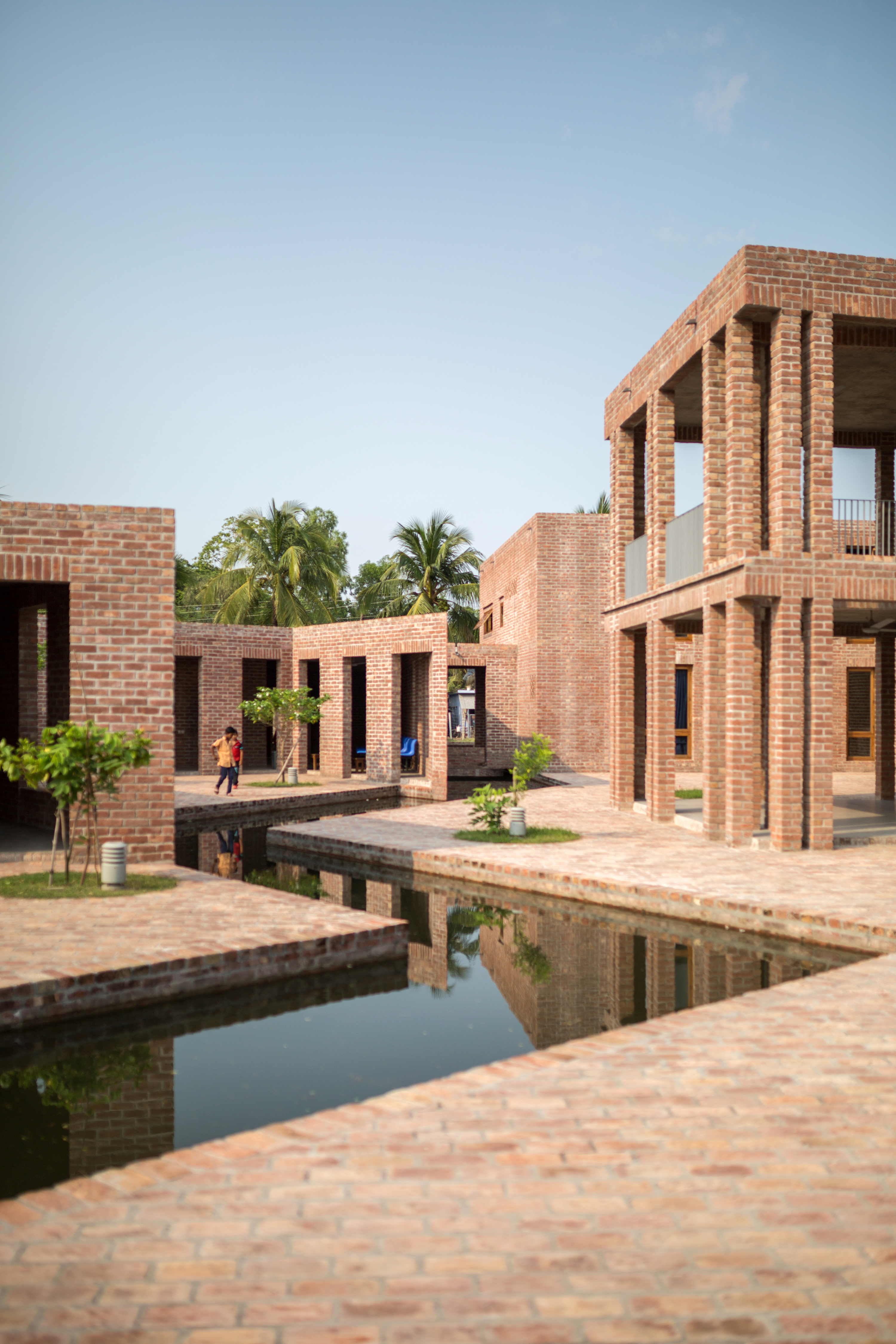
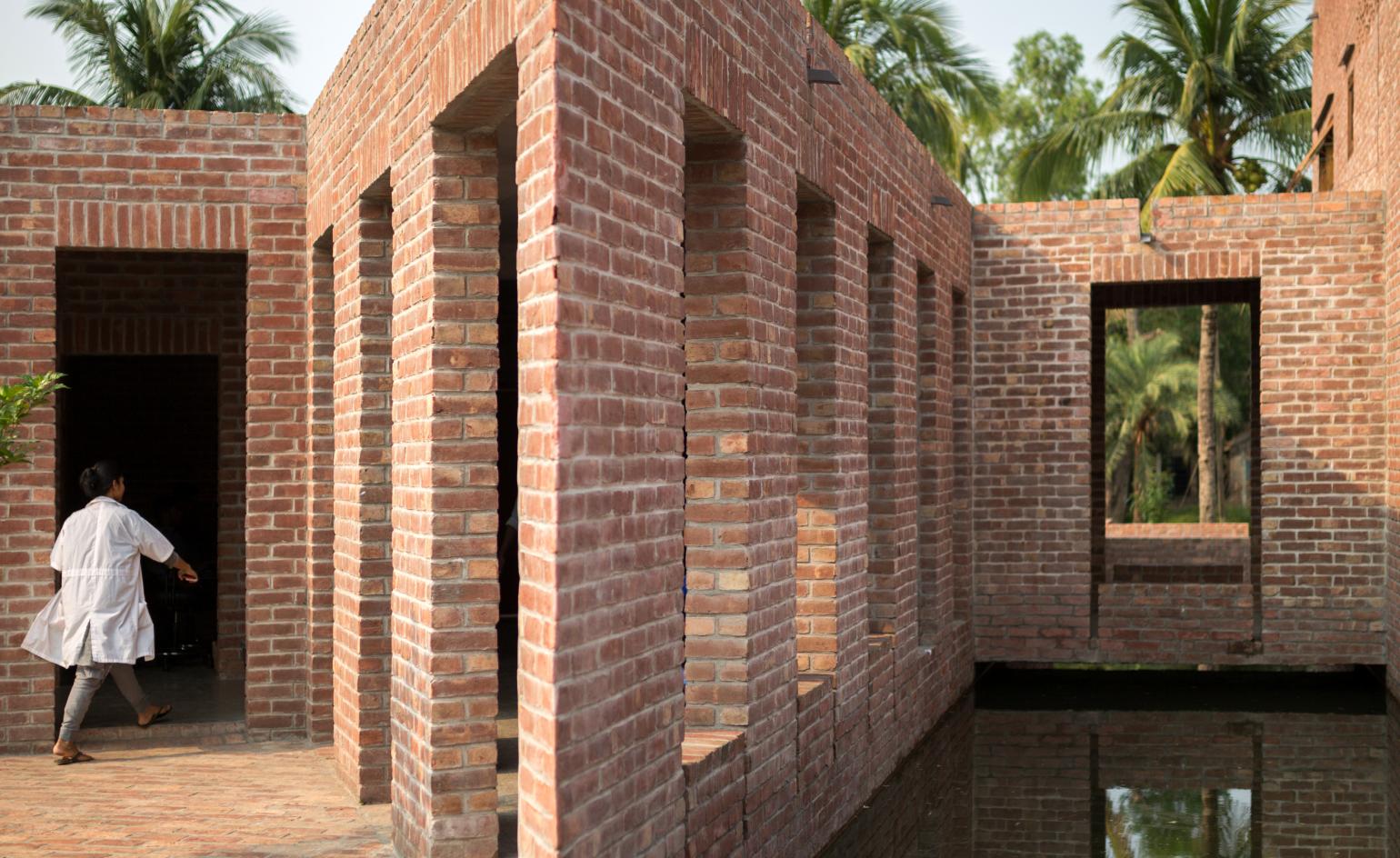
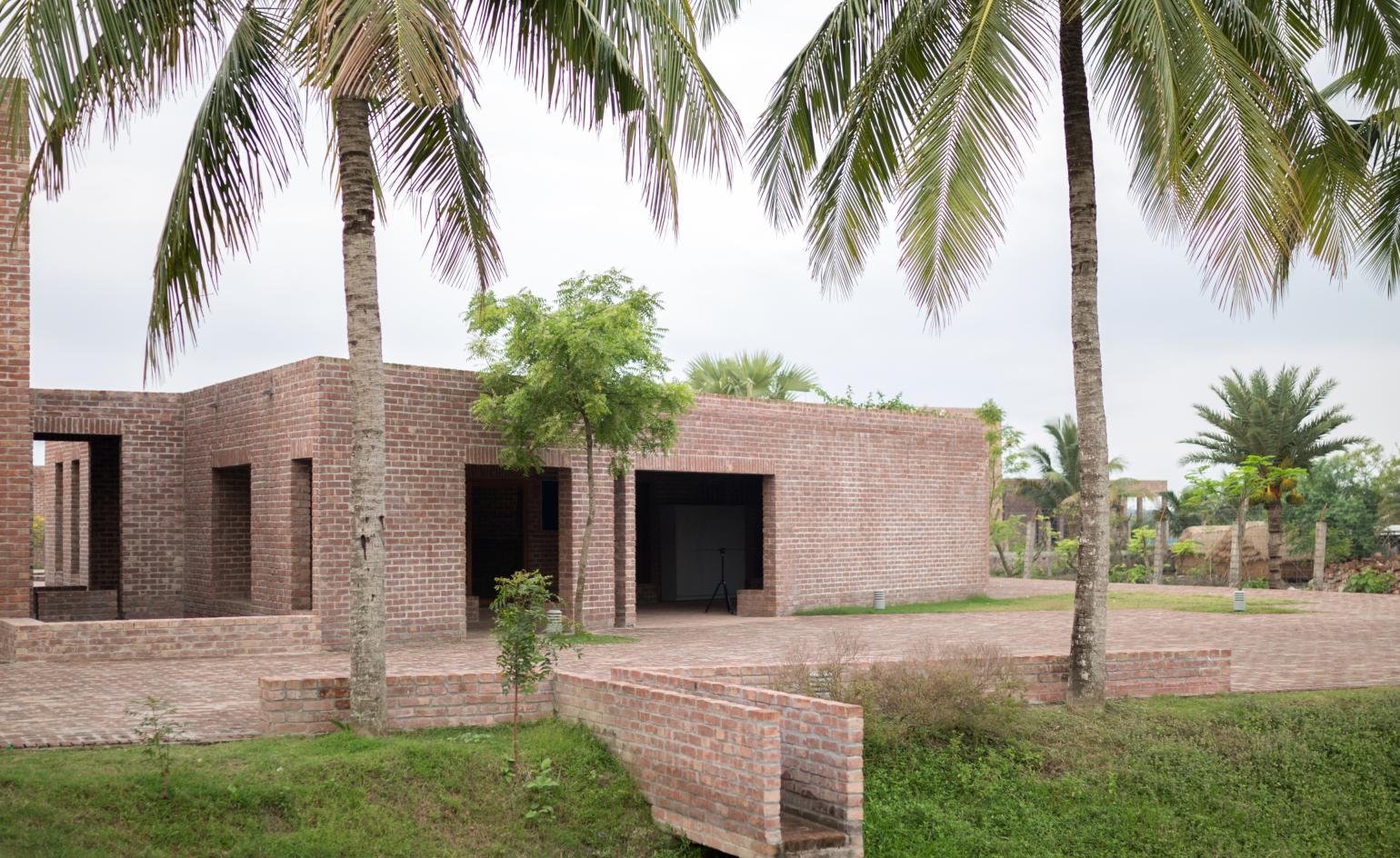
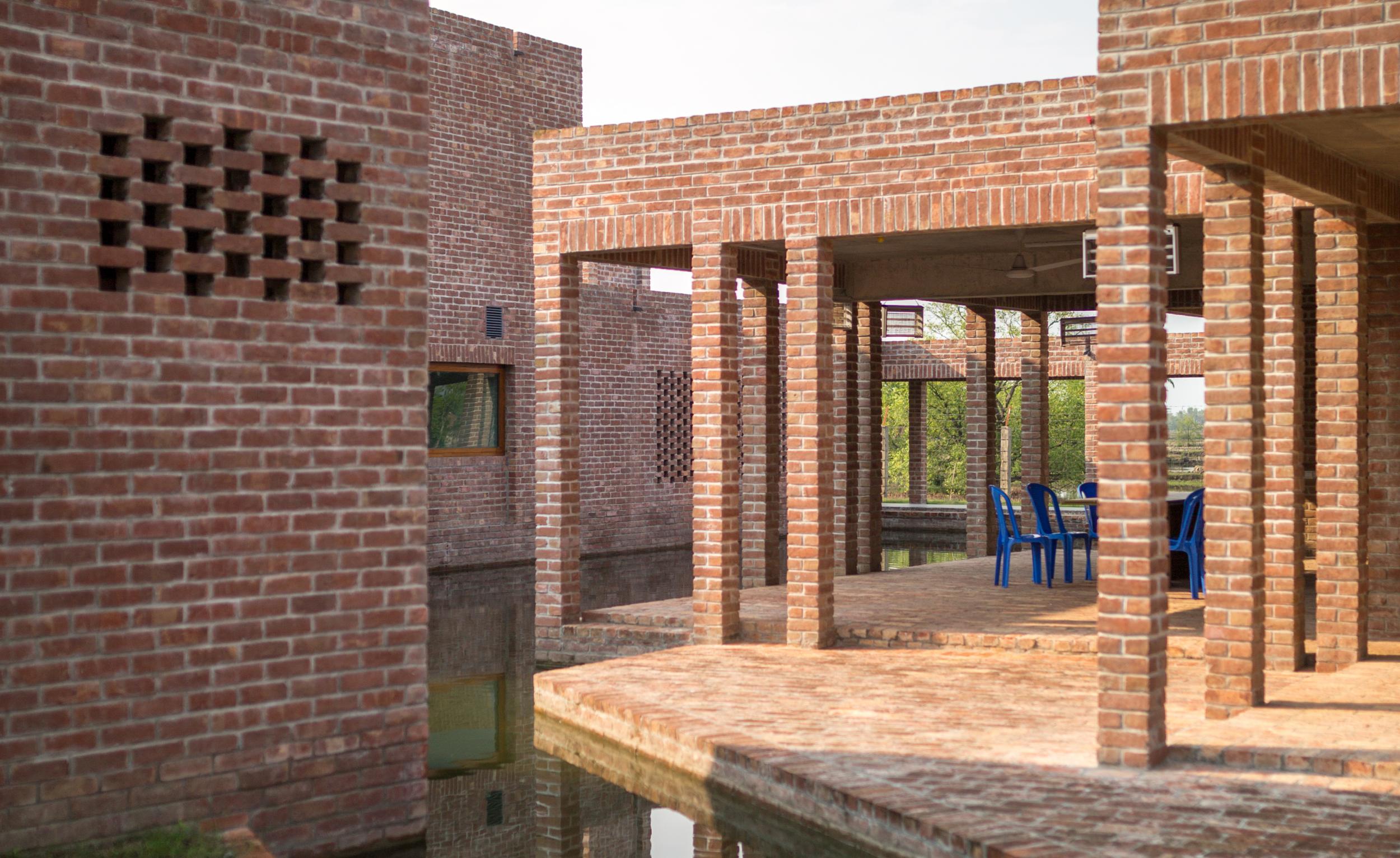
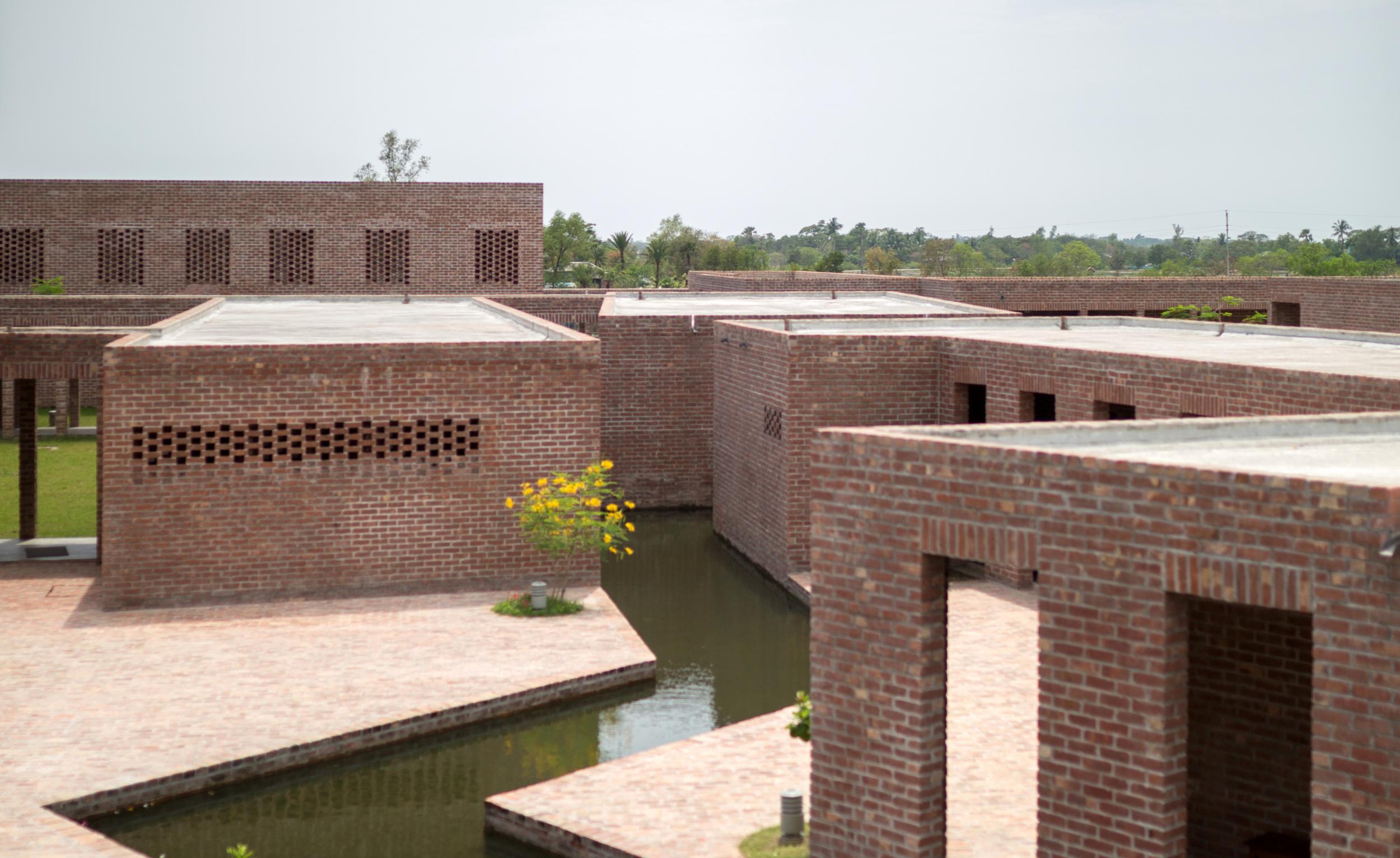
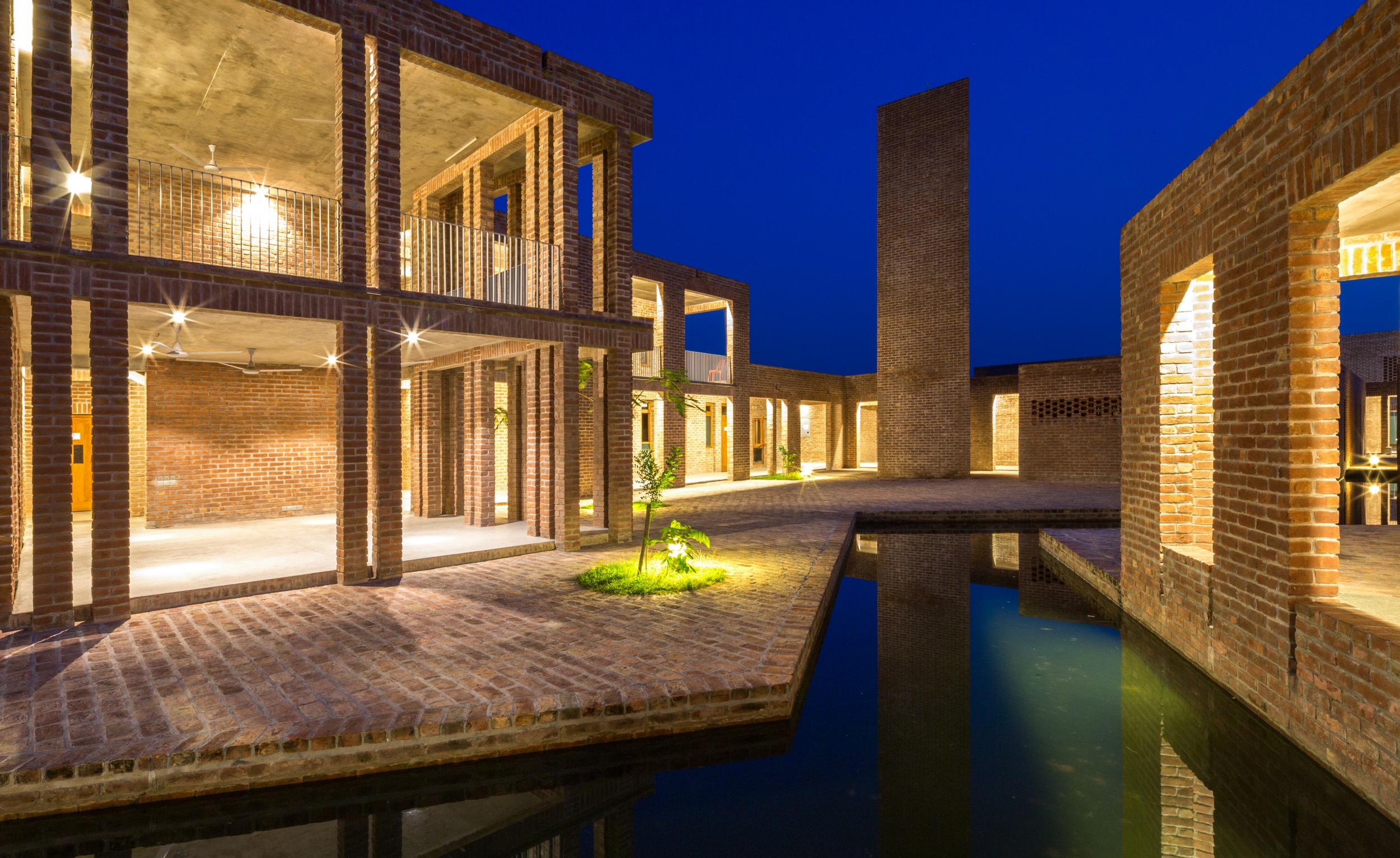
INFORMATION
Wallpaper* Newsletter
Receive our daily digest of inspiration, escapism and design stories from around the world direct to your inbox.
Ellie Stathaki is the Architecture & Environment Director at Wallpaper*. She trained as an architect at the Aristotle University of Thessaloniki in Greece and studied architectural history at the Bartlett in London. Now an established journalist, she has been a member of the Wallpaper* team since 2006, visiting buildings across the globe and interviewing leading architects such as Tadao Ando and Rem Koolhaas. Ellie has also taken part in judging panels, moderated events, curated shows and contributed in books, such as The Contemporary House (Thames & Hudson, 2018), Glenn Sestig Architecture Diary (2020) and House London (2022).
-
 All-In is the Paris-based label making full-force fashion for main character dressing
All-In is the Paris-based label making full-force fashion for main character dressingPart of our monthly Uprising series, Wallpaper* meets Benjamin Barron and Bror August Vestbø of All-In, the LVMH Prize-nominated label which bases its collections on a riotous cast of characters – real and imagined
By Orla Brennan
-
 Maserati joins forces with Giorgetti for a turbo-charged relationship
Maserati joins forces with Giorgetti for a turbo-charged relationshipAnnouncing their marriage during Milan Design Week, the brands unveiled a collection, a car and a long term commitment
By Hugo Macdonald
-
 Through an innovative new training program, Poltrona Frau aims to safeguard Italian craft
Through an innovative new training program, Poltrona Frau aims to safeguard Italian craftThe heritage furniture manufacturer is training a new generation of leather artisans
By Cristina Kiran Piotti
-
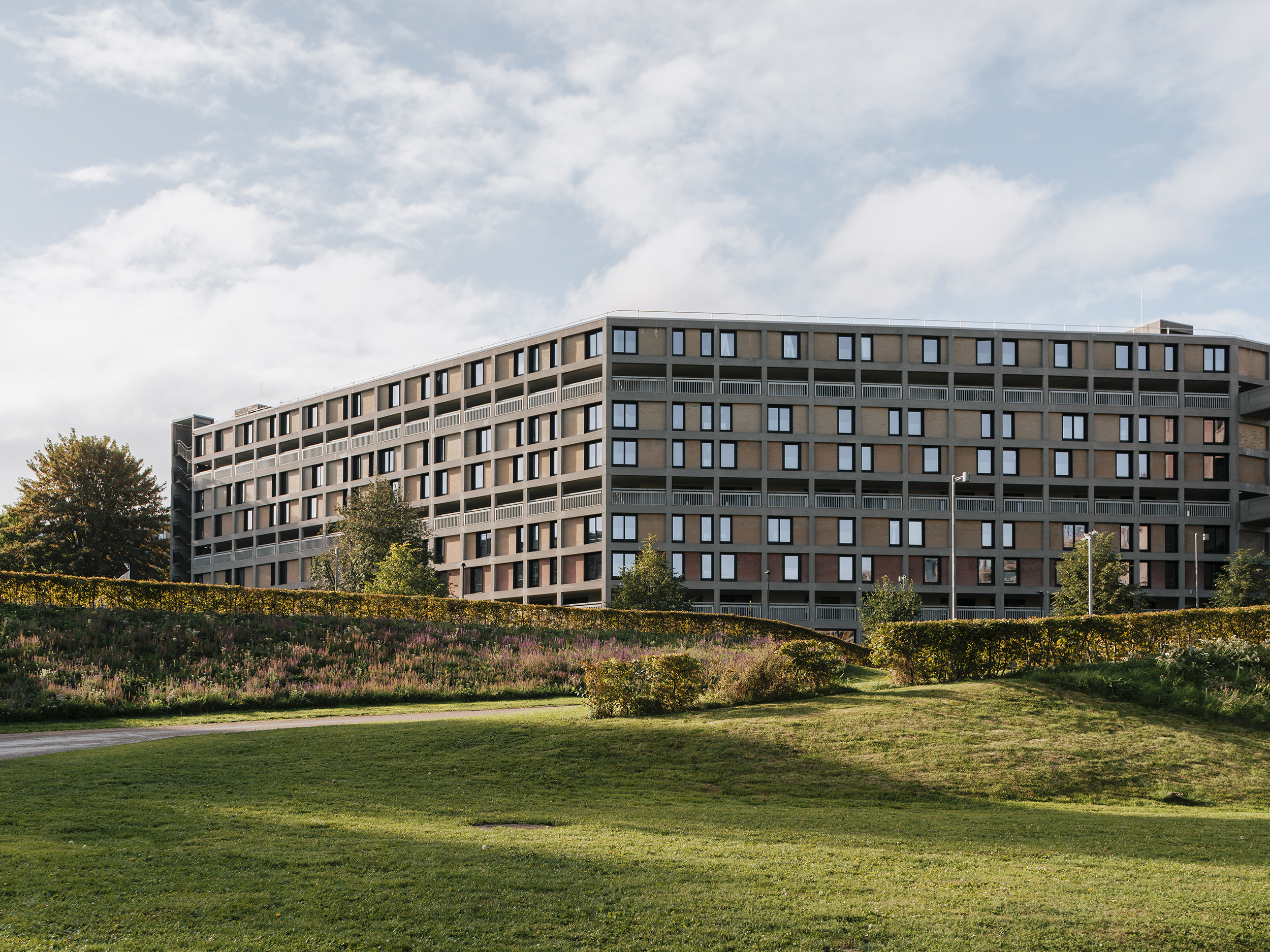 The 2024 RIBA Reinvention Award, Muyiwa Oki, and making reuse ‘more special than ever’
The 2024 RIBA Reinvention Award, Muyiwa Oki, and making reuse ‘more special than ever’The shortlist for the 2024 RIBA Reinvention Award has been announced today; we caught up with the institute’s president Muyiwa Oki to discuss the honour
By Ellie Stathaki
-
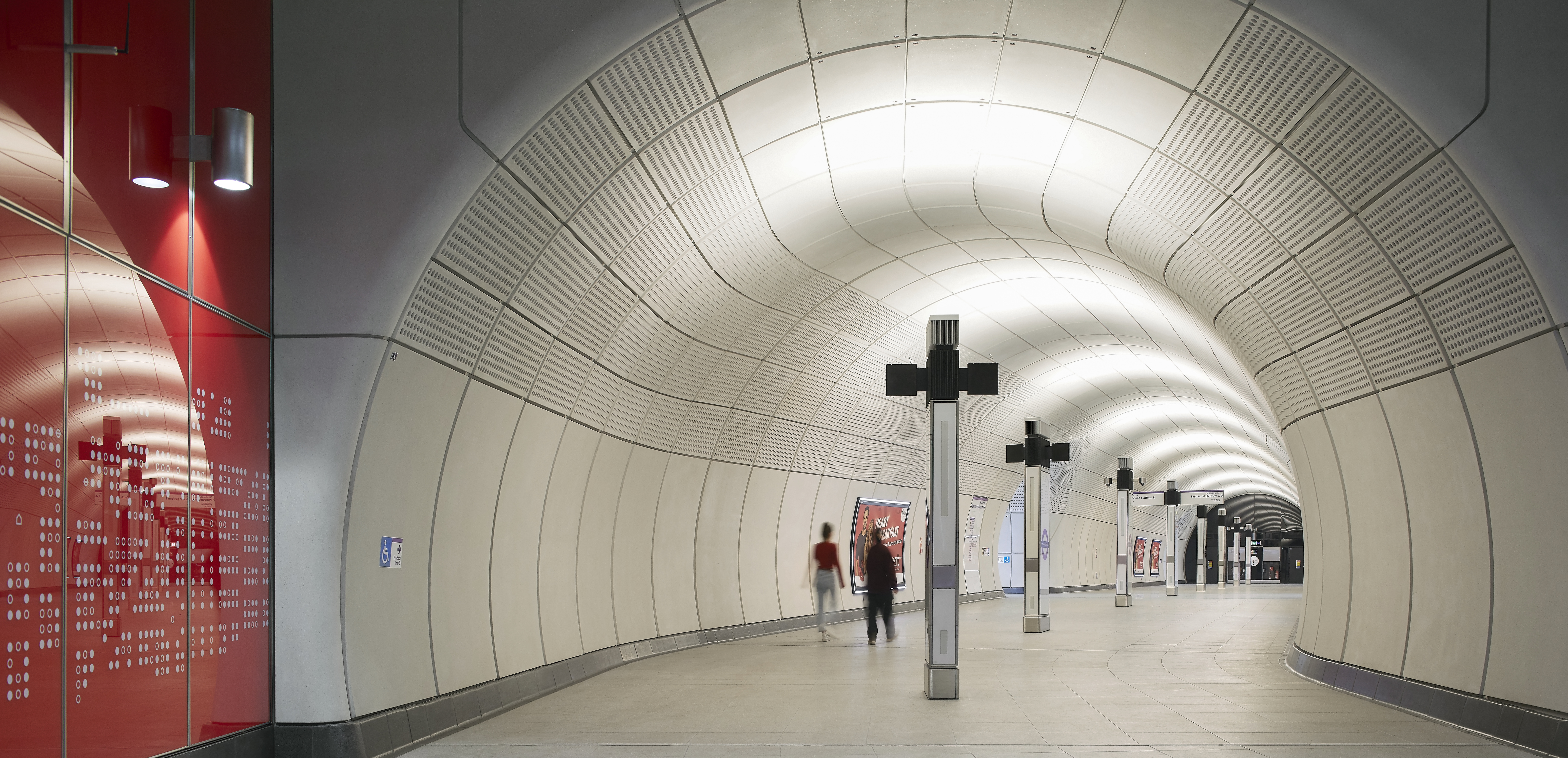 2024 Stirling Prize goes to the Elizabeth Line: we speak to the winners
2024 Stirling Prize goes to the Elizabeth Line: we speak to the winnersThe 2024 RIBA Stirling Prize winner has been revealed, with the Elizabeth Line crowned as the year's best building project; find out about the design and what else made it into the running for the UK's most coveted architecture award
By Ellie Stathaki
-
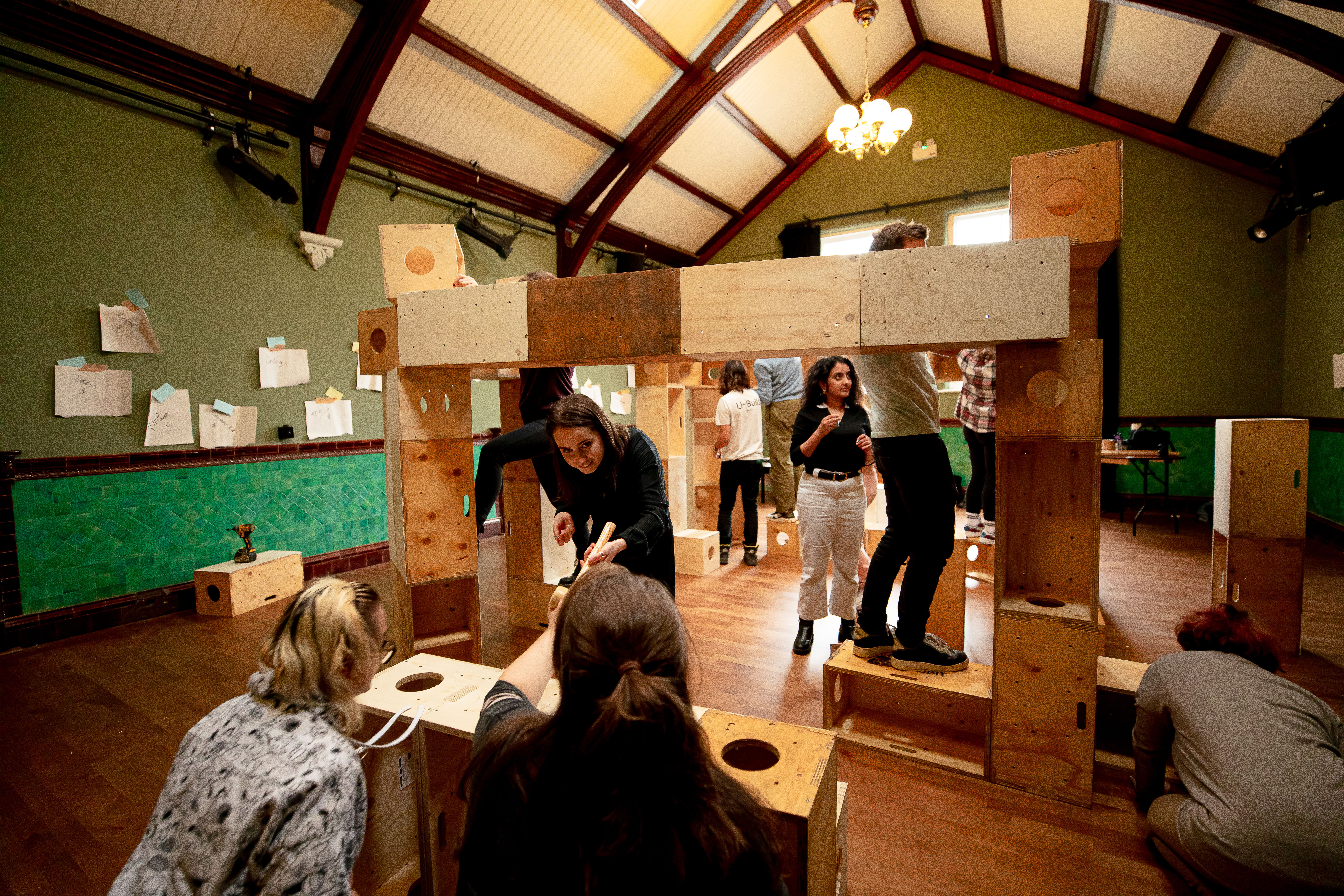 The Activism Award 2024 goes to Studio Bark, architecture’s passionate champions
The Activism Award 2024 goes to Studio Bark, architecture’s passionate championsArchitecture’s Activism Award 2024 has been announced, crowning Studio Bark as the winner from a shortlist of six nominees
By Ellie Stathaki
-
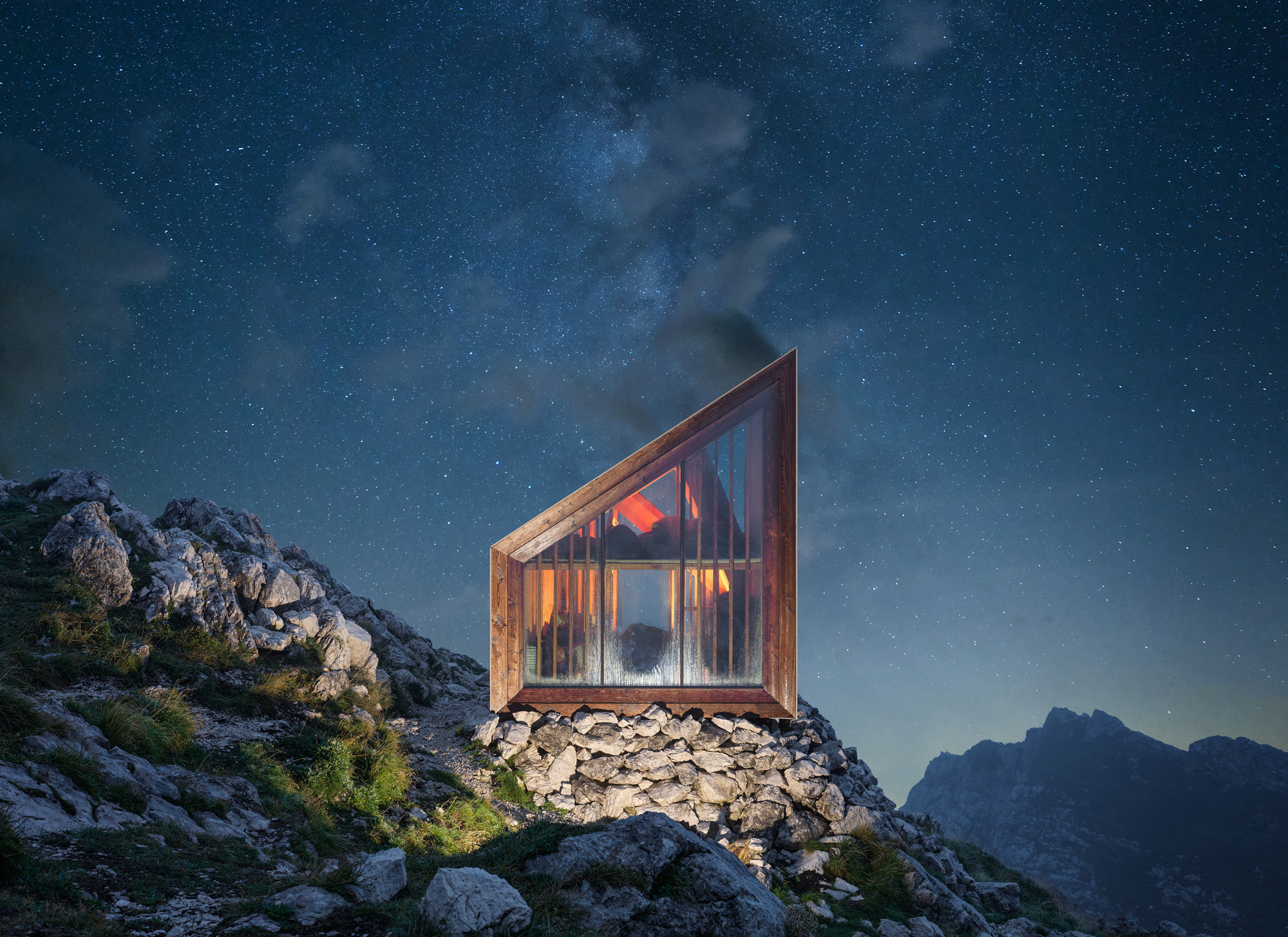 The visual feast of the Sony World Photography Awards 2024 is revealed
The visual feast of the Sony World Photography Awards 2024 is revealedThe Sony World Photography Awards 2024 winners have been revealed – we celebrate the Architecture & Design category’s visual artists
By Ellie Stathaki
-
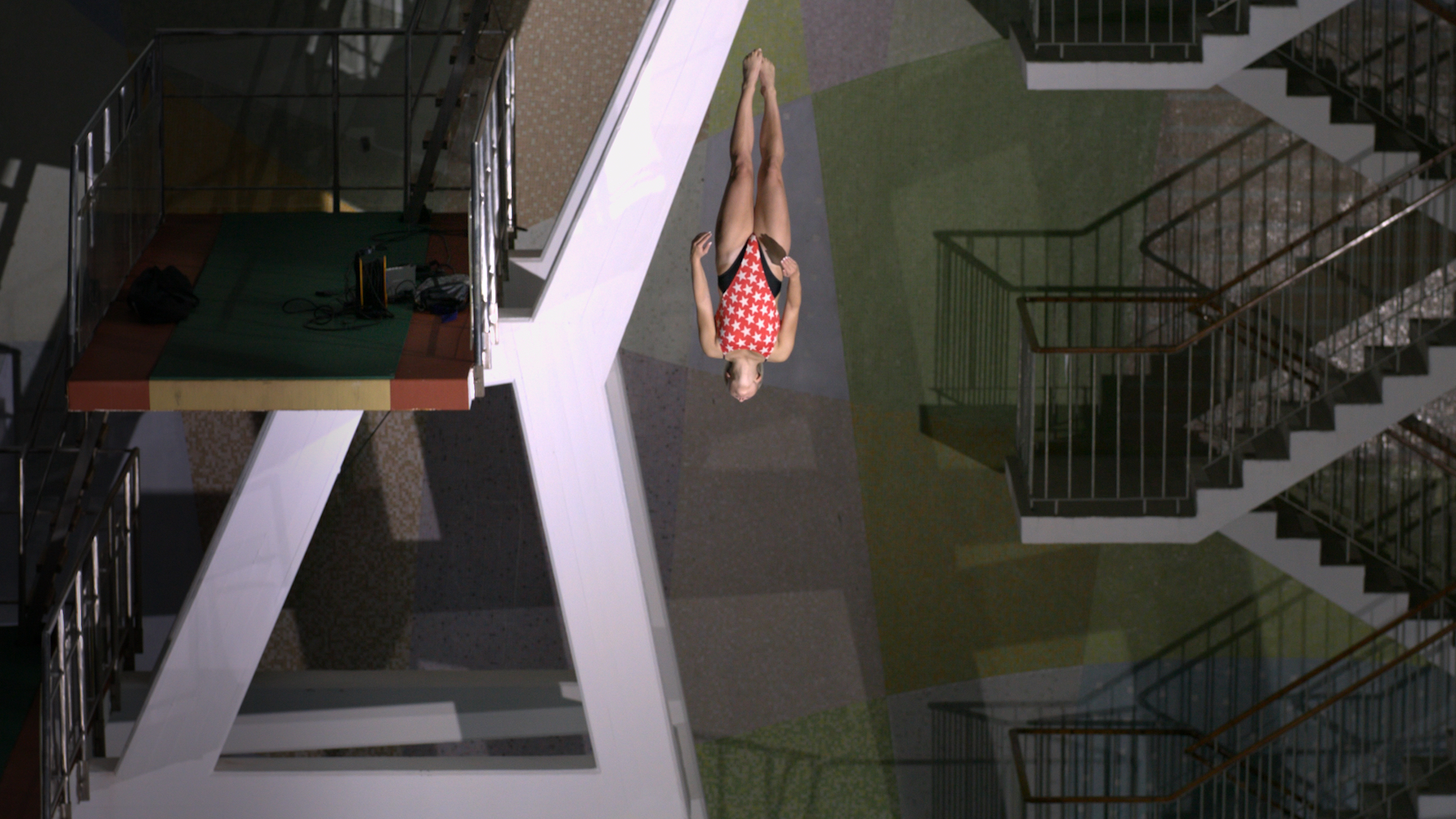 RIBA’s architecture film screenings promise a cinematic summer
RIBA’s architecture film screenings promise a cinematic summerReach for the popcorn! The RIBA in London has a series of architecture film screenings in the works, ensuring the summer unfolds with plenty of cinematic drama and fun
By Harriet Thorpe
-
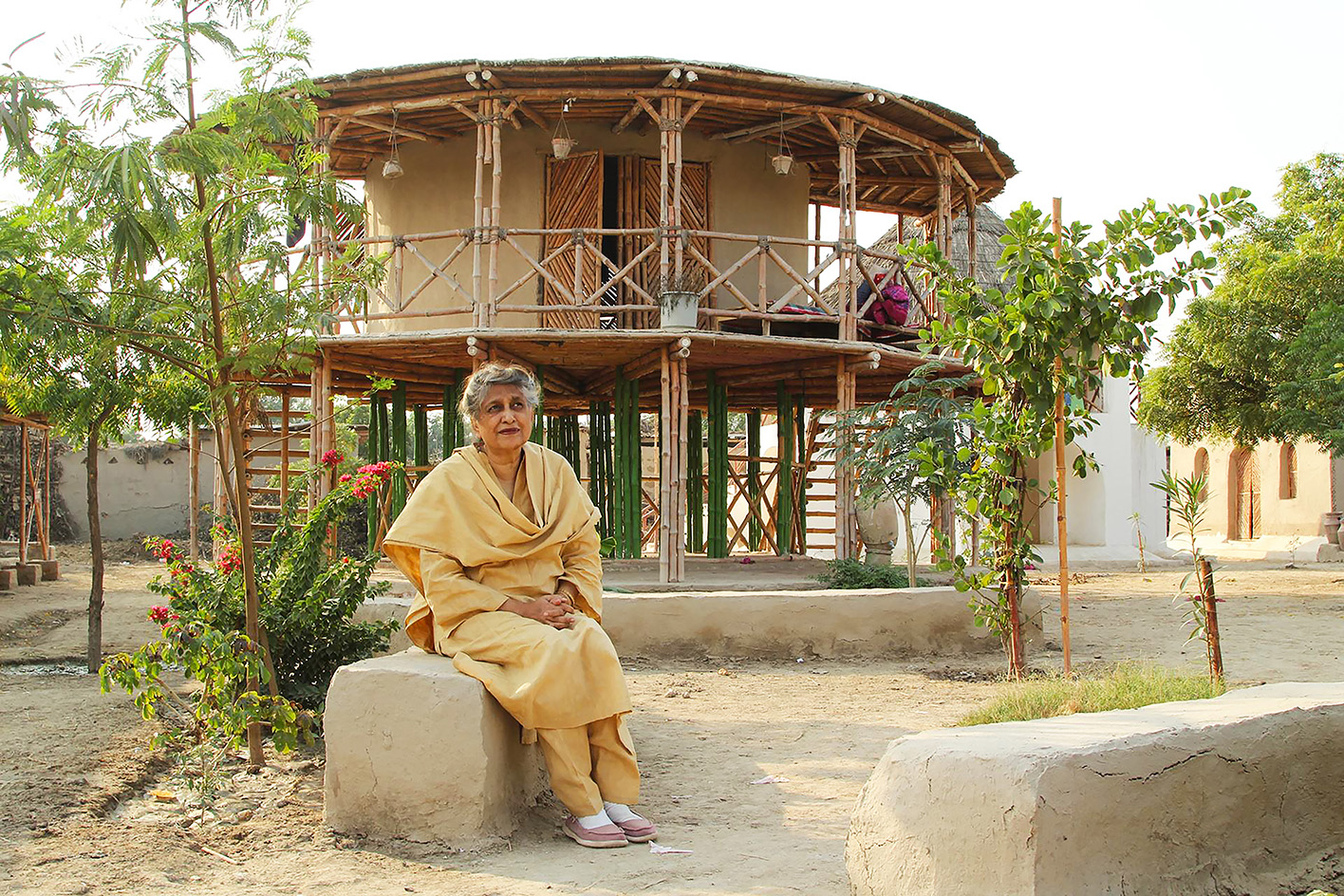 Yasmeen Lari celebrated with RIBA Royal Gold Medal 2023
Yasmeen Lari celebrated with RIBA Royal Gold Medal 2023Pakistan’s Yasmeen Lari has been presented with the RIBA Royal Gold Medal 2023 this week, marking her celebrations as this year’s architecture honour recipient
By Ellie Stathaki
-
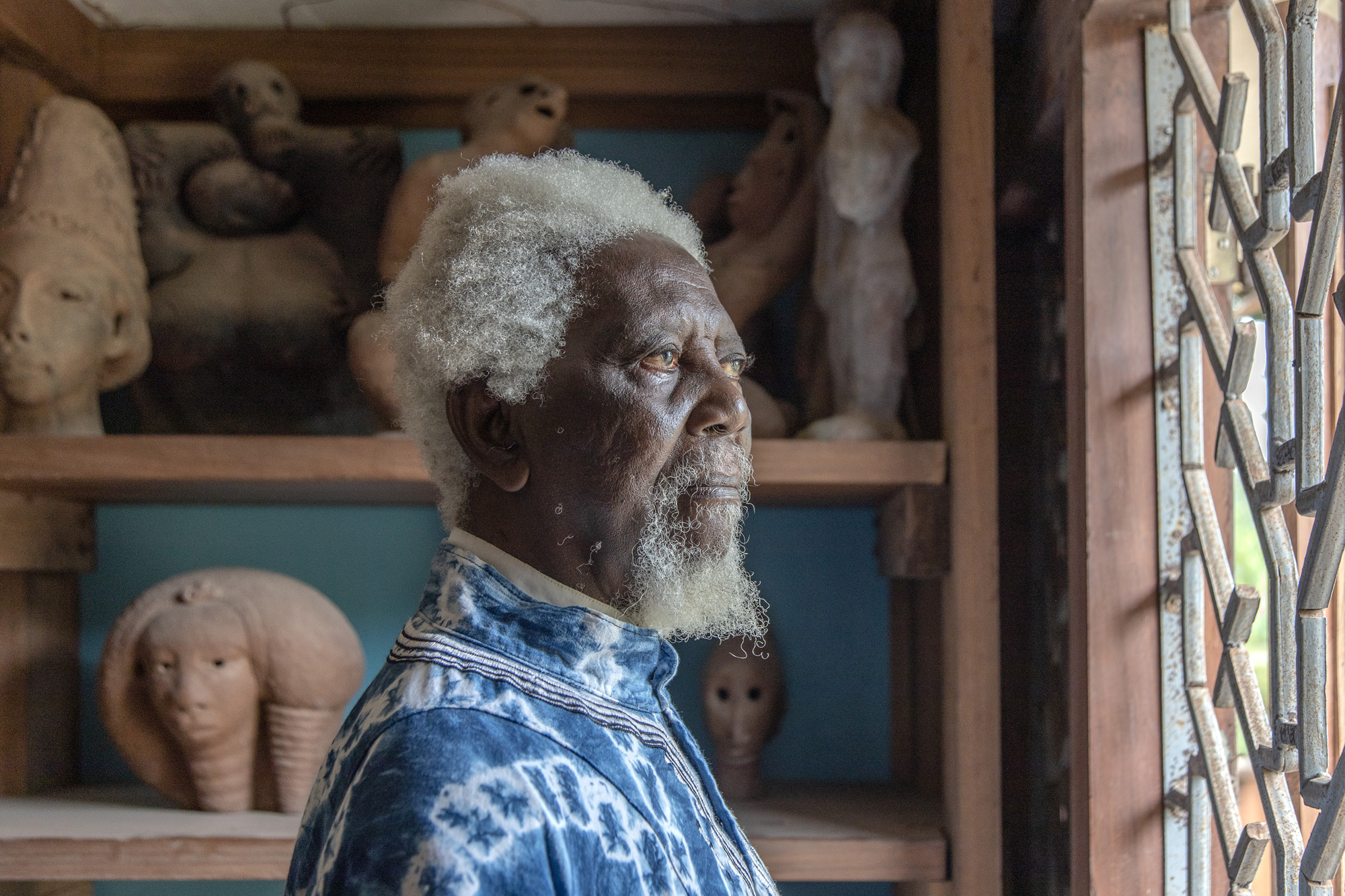 Golden Lion for Lifetime Achievement 2023 awarded to Nigerian artist-designer Demas Nwoko
Golden Lion for Lifetime Achievement 2023 awarded to Nigerian artist-designer Demas NwokoWe caught up with the recipient of the Golden Lion for Lifetime Achievement 2023 at the Biennale Architettura, Nigerian artist-designer Demas Nwoko
By Ellie Stathaki
-
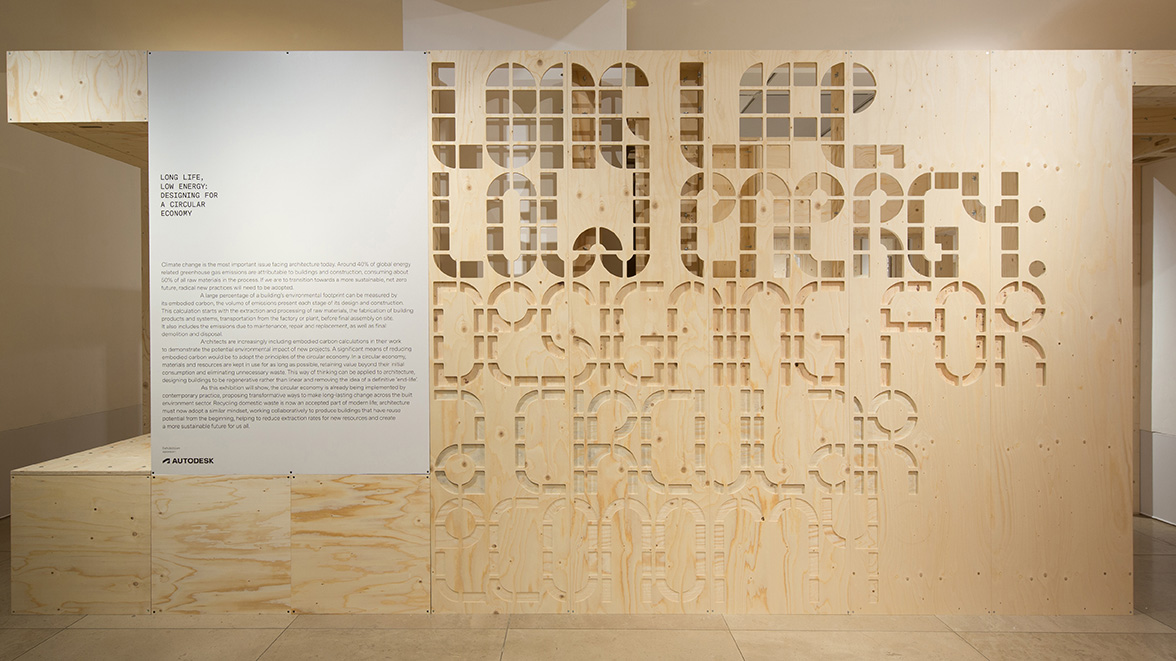 ‘Long Life, Low Energy’ at RIBA celebrates sustainable architecture strategies
‘Long Life, Low Energy’ at RIBA celebrates sustainable architecture strategiesRIBA’s ‘Long Life, Low Energy’ exhibition opens, highlighting sustainable architecture strategies at their best
By Ellie Stathaki